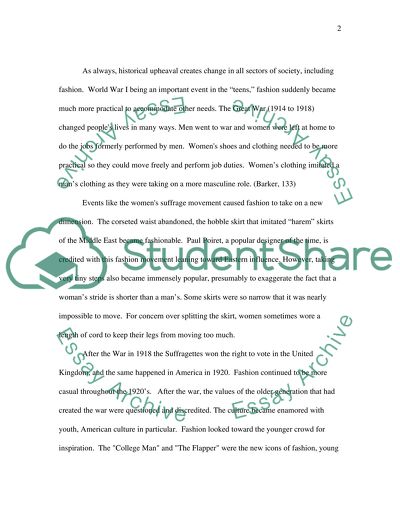Cite this document
(“An Twentieth Century Overview of Fashions Transient Trends Essay”, n.d.)
An Twentieth Century Overview of Fashions Transient Trends Essay. Retrieved from https://studentshare.org/visual-arts-film-studies/1527253-an-twentieth-century-overview-of-fashions-transient-trends
An Twentieth Century Overview of Fashions Transient Trends Essay. Retrieved from https://studentshare.org/visual-arts-film-studies/1527253-an-twentieth-century-overview-of-fashions-transient-trends
(An Twentieth Century Overview of Fashions Transient Trends Essay)
An Twentieth Century Overview of Fashions Transient Trends Essay. https://studentshare.org/visual-arts-film-studies/1527253-an-twentieth-century-overview-of-fashions-transient-trends.
An Twentieth Century Overview of Fashions Transient Trends Essay. https://studentshare.org/visual-arts-film-studies/1527253-an-twentieth-century-overview-of-fashions-transient-trends.
“An Twentieth Century Overview of Fashions Transient Trends Essay”, n.d. https://studentshare.org/visual-arts-film-studies/1527253-an-twentieth-century-overview-of-fashions-transient-trends.


